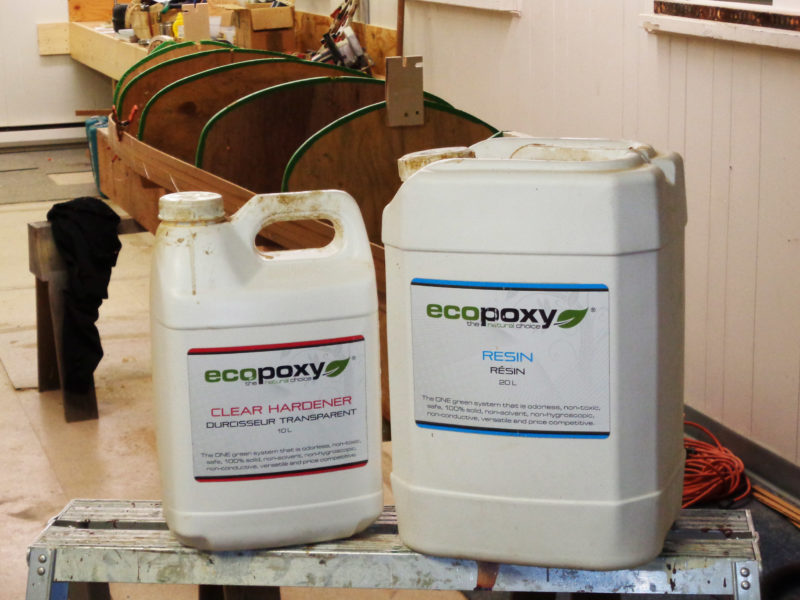 photographs by the author
photographs by the authorThe plant-based ingredients make up over 50% of EcoPoxy content, far higher, according to the manufacturer, than other epoxies moving away from petroleum-based materials.
I’ve been building cedar-strip rowboats and canoes in British Columbia for more than 15 years. They are light, strong, and made of local woods: red and yellow cedar, fir, and maple. Until I discovered EcoPoxy about four years ago, the least appealing aspect of my work was the toxicity and odor of the petrochemical epoxy I’d been using.
EcoPoxy has replaced some of the normal petroleum-based compounds with plant-derived ingredients and is priced to compete with premium boatbuilding petro-epoxies. It is less toxic than other epoxies I’ve used in the past; it is 100 percent solids, has low VOCs (volatile organic compounds), and has very little odor. I use EcoPoxy Clear. Its hardener is listed as a long-term irritant, so I still take the normal epoxy handling precautions and use safety glasses, gloves, and long sleeves. I can order it online in up to 30-liter kits, and it gets mailed to my door, normally in four days. When I ordered epoxies from other manufacturers, it would have to be categorized as toxic and shipping was more costly.
What I first noticed about EcoPoxy is the almost complete absence of odor. The hardener has the slightest whiff of ammonia, and the resin is virtually odorless. The resin and hardener are mixed in a 2:1 ratio and are, according to the manufacturer, safe to use without a respirator as long as there is some airflow in the shop. Both the resin and hardener are water-clear and stay that way when mixed together. EcoPoxy has low viscosity, so fiberglass cloth wets out easily and completely. I use EcoPoxy thickened with fine sawdust (to keep it from flowing out of joints) as an adhesive for all the gunwales, decks and fittings, and, when thickened further, to make structural fillets. Finally, I use EcoPoxy as a sealer on any raw wood and under both waterborne linear polyurethane and polyurethane varnishes.
My first project with EcoPoxy was a Fine, a sleek, 18′ sliding-seat rowboat. When applying the fiberglass sheathing, I mixed the EcoPoxy in 3-oz batches and had plenty of time to squeegee the product through the cloth. The whole boat stayed workable until the sheathing task was done. Even though it was February, and the shop was cool, the EcoPoxy in the ’glass cured to the point where I could start attaching the skeg and keel the next day. I saw no sign of blush and the fill coats went on smoothly. While the EcoPoxy Clear I use doesn’t form blush, the manufacturer cautions that blush may form when using their fast or medium hardener and must be sponged off with warm water before any coats of epoxy or other finishes are applied.
The Fine has riggers to allow the use of long oars. I constructed the riggers from maple and EcoPoxy and even used EcoPoxy to glue the stainless-steel oarlocks posts in place. Normally held to metal outriggers with a nut tightened on threaded bottom end, the Fine’s posts are set in holes in the wood and held entirely by epoxy, without a nut. All of this has held up for over four years, with no delamination or failures—even on the highly loaded riggers.
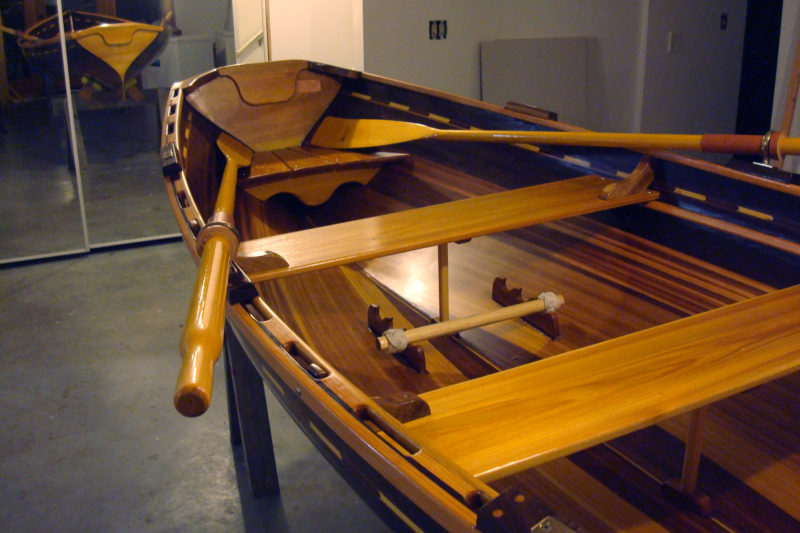
To build this Cosine wherry, the author used EcoPoxy as an adhesive, a sealant, and to wet out fiberglass cloth.
I’ve used EcoPoxy to build about over a dozen of the rowboats and canoes I’ve sold. I have used EcoPoxy in three boatbuilding classes, where the ease of use, lower toxicity, and lower odor are important benefits for my students. I keep the resin and hardener warm in the winter, and EcoPoxy works for me in 50-degree shop temperatures. In the summer when it’s 80 degrees in the shop, the pot life is never too short and the cure time is never too fast.
I have a lot of confidence in EcoPoxy. Next to the wood, it is the most important component of my boats, and I like the fact that it incorporates plant-based ingredients that come from renewable sources, a lot like the cedar, fir, and maple I use to build my boats.![]()
Update: Ecopoxy is no longer producing the clear product that I used for my boats, and the substitute they offered (Biopoxy 36) didn’t cure clear or was too viscous or had extremely long cure times. I have had to change to an Entropy Resins bio-based product, which has been great. RC, September 2022
Rick Crook and Pat Beninger live in Pender Harbour on the Sunshine Coast of Canada’s British Columbia. Rick has been building cedar-strip canoes and rowboats for 15 years and doing business as Oyster Bay Boats. He offers Wee Lassie canoes, Cosine wherries, Handliner rowboats, and the Fine, a sliding-seat rowboat. His boats are built with locally sourced red and yellow cedar, fir, and maple, and they have found their way to customers from Vancouver Island to Ontario.
EcoPoxy Clear is manufactured by Ecopoxy in Morris, Manitoba, Canada, and available direct from the manufacturer or from retailers. The two-part kit is priced at $37.50 for 750ml, $57.75 for 1.5L, $84.85 for 3L, and $150.75 for 6L (US dollars, ordered from Aircraft Spruce).
Is there a product that might be useful for boatbuilding, cruising or shore-side camping that you’d like us to review? Please email your suggestions.
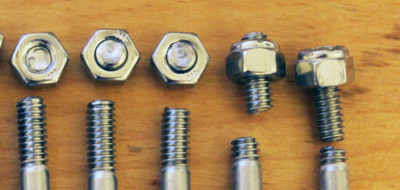
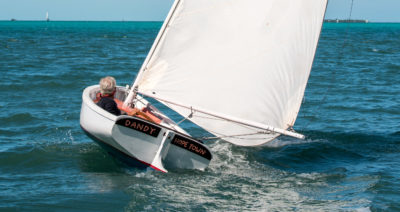
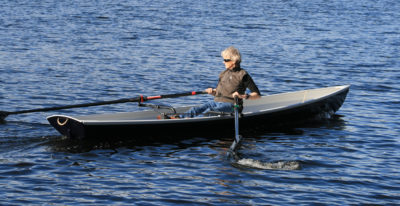
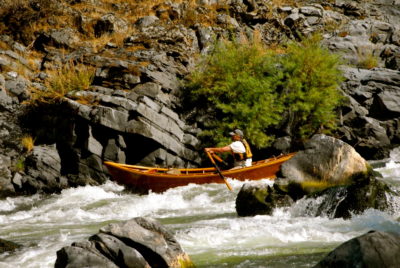
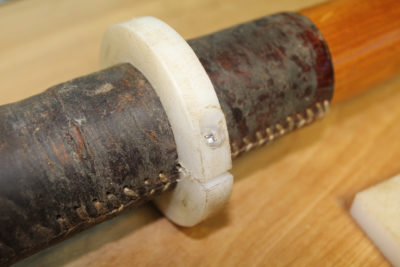
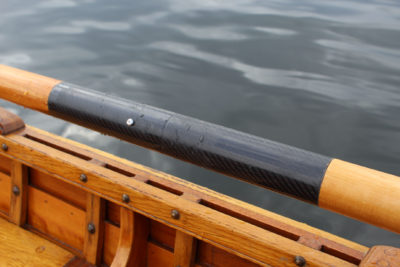
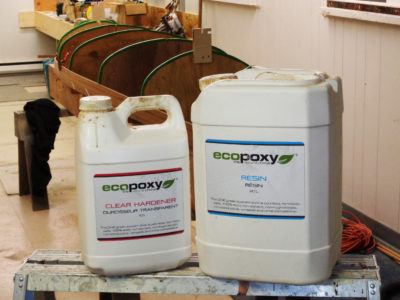
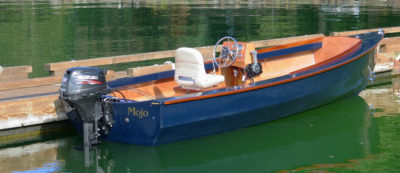
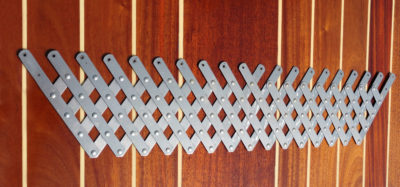
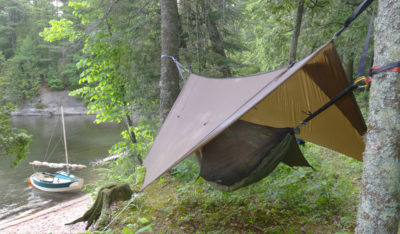
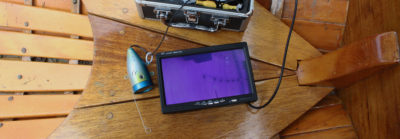
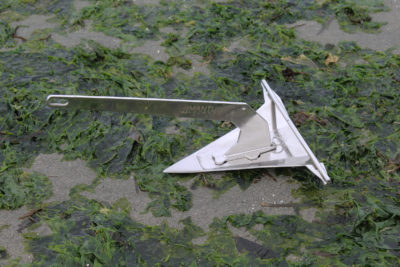
Always great to hear about new products with potentially reduced toxicity, though one must always keep in mind when working with any epoxide-containing product that they are inherently harmful to human health, since the very functionalities which make them polymerize so effectively in boatbuilding applications are also highly reactive with DNA and other components of biological tissues, giving them carcinogenic and possibly neurotoxic properties. Nonetheless, there are likely relative degrees of toxicity among different products, and as in all matters pertaining to human health risks, minimizing exposure is paramount.
I wonder, is there any data comparing the longevity of bonds, coatings, and waterproofing characteristics of this product compared to the more conventional marine epoxies?
I forwarded Burton’s comment to Jack Maendel, the Ecopoxy company’s CEO. He replied:
“Providing this person doesn’t ingest our products in their liquid state he will not have any issues. If they are sincerely concerned for their absolute safety though then I encourage him/her to take all the precautions he/she deems necessary to ensure maximum safety and minimum exposure.
EcoPoxy has not done any these comparisons but many of our customers have and usually report results favorable to EcoPoxy. I suggest this person do the same.”
The FAQs on the Ecopoxy web site includes a list of precautions to take:
“What protection is needed when using epoxy?
Disposable gloves should always be used and eye protection is important if any splashing were to occur. If you have NO ROOM VENTILATION a respiratory mask (like 3M Easy-Air) should be used. Clean any uncured epoxy off of the skin with a waterless hand cleaner immediately. The epoxy may cause irritation of the skin, especially fair skin. Avoid all direct skin contact with resin, hardeners and mixed epoxy by wearing disposable gloves and other protective clothing. NEVER use solvents to remove epoxy from the skin. Always wash thoroughly with soap and water immediately after contact. Protect your eyes by wearing protective eyewear. If contact should occur, flush eyes immediately with running water for 15 minutes. If discomfort continues, seek medical attention. Avoid breathing vapors. Use epoxy only in areas with good ventilation. In small areas, be especially careful to have a supply of fresh air and to exhaust any fumes. When ventilation is not possible, wear a respirator with an organic vapor cartridge especially when sanding uncured epoxy. Avoid ingestion. Wash thoroughly after each use and especially before eating and smoking. Clean up spills with a squeegee and paper towels. Scrape up as much material as possible with the squeegee before using the paper towels. Sand, clay or other absorbent materials may be used to contain or soak up large spills. Clean residue with white vinegar or Isopropyl Alcohol. Dispose of resin, hardener and empty containers safely. Do not dispose of resin or hardener in a liquid state. Before disposing of resin and hardener containers, puncture the corners of can and drain residue into clean containers for re-use. Small quantities of resin and hardener can be mixed and cured completely to a non-hazardous solid. Place pots of curing resin and hardeners outside on the ground to avoid the danger of excessive heat and vapors. Dispose of after the reaction is complete and mass has cooled. Then follow your local, state and federal regulations for proper disposal.”
Christopher Cunningham, Editor
I have been using Ecopoxy on a rebuild of my San Juan 21. I believe it is the UV epoxy and hardener; I get it from Bob Hellman of Hellman Canoes in bulk. I find it easy to work with although sensitive to temperature and will blush. It has great pot time and I plan on using it on my Penguin when I get back to that project.
Oh, and by the way, the author’s boats are much more beautiful than mine.
I have never heard of this product. I have been using about 1 1/2 gallons of epoxy per month, and I just bought my supply for this month at 165 USD for 1 1/2 gallons. My next month’s supply will be Ecopoxy. Thanks very much for posting this article.
I live and work in Italy. How can I buy Ecopoxy?
I looked on the Ecopoxy website and it doesn’t appear they ship directly from the factory, nor that there are any retailers in Europe. I’d suggest ordering from Aircraft Spruce. Their web site order form includes Italy as a shipping option.
After 20+ years of using West System epoxy for both furniture construction and building a sailboat, I recently switched to the use of EcoPoxy (middle kit with 4/1 ratio). However, my shop rarely gets warmer then 65° F (18° C). Even after following instructions carefully, I have noticed that the EcoPoxied surfaces have not completely cured after 48hours and remain very slightly tacky. I am not sure if I used the correct kit or perhaps the 4/1 ratio is incorrect for my usage (laminating veneer). I like the concept of a plant-based low-toxicity product but would appreciate any information based on your experience using this product
I created these jaws with Ecopoxy, lack locust, spruce, and wild orange wood.